
showing the 5 tide windows utilized in January
back to Project Index |
Piscataqua Mouth Estuarine Circulation
Study Experiment Overview RV Gulf Surveyor January 2021 |
| John E. Hughes Clarke and
Indra Prasetyawan EM2040 and ADCP ops |
Matt Rowell and Dan
Tauriello RVGS Operations |
Class of ESCI 896.02 (2021) Applied Physical Oceanography for Hydrographic Surveyors |

| January 6th |
January 8th | January 12th | January 14th | January 20th |
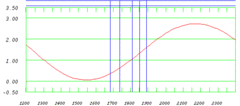 |
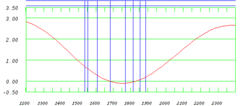 |
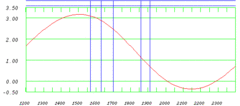 |
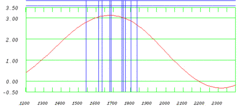 |
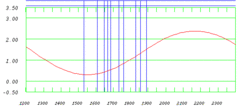 |
| mid flood |
late ebb and slack |
early to mid ebb |
around HW |
early to mid flood |
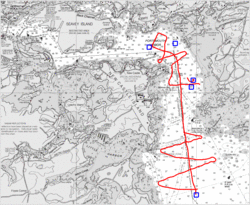 |
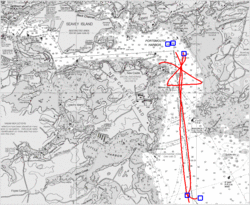 |
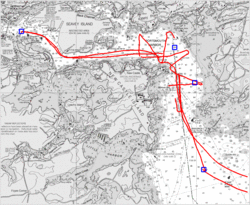 |
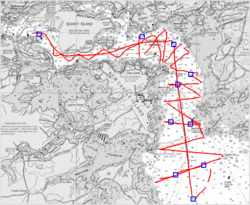 |
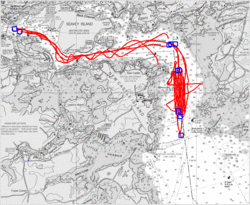 |
| first testing, establishing
transects |
focus offshore out to Isle of Shoals. |
testing 600/700 kHz out to thing 1/2 |
transects |
focus on sandwaves |